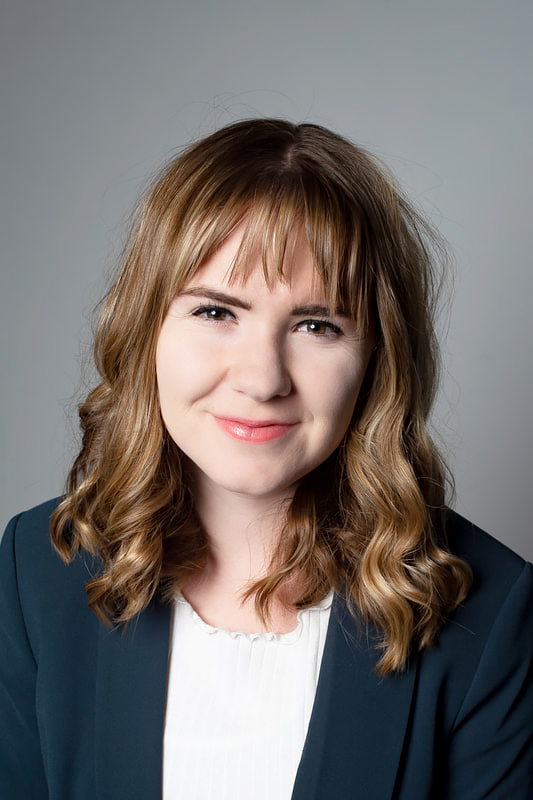Madison Casagranda is a recent graduate from Brigham Young University where she studied photography and art education. She works primarily with alternative photographic processes in the darkroom, and enjoys the hands-on nature of these processes. Her goal is to communicate culturally and historically significant concepts and connect us to the past in order to address challenges in the present day. Her photography most often centers around her personal and family history, United States history, anti racism, and amplifying voices from marginalized communities. She has had two solo exhibitions at BYU and her work has been included in many group exhibitions across the country, including at The Springville Museum of Art, The Southeast Center for Photography, and The Praxis Gallery. Her work has been published in Communication Arts and she is currently working on self publishing a book of her series, The Black Stories Project.
The Black Stories Project
The wet plate collodion tintype process was first invented in the 1850s and became a primary photographic practice in the 1860s and 1870s, documenting much of the Civil War. The tintypes of the Black Stories Project embody the history of photography and the history of racial inequity in the United States and more specifically in the state of Utah. They draw a connection between the history of racism and the dialogue about race today. In a state where the black population is less than two percent and a dominant religious culture presents a unique and complicated narrative of the past and present, we can only address the current issues of systemic inequality while acknowledging and grappling with the history behind them. This project is a study about how the weight of our state's history and the lens through which it is told, affects how black individuals experience life here today. The Black Stories Project is made up of the portraits and voices of members of the black community here in Utah, and stands as an effort towards opening the conversation, understanding the past and changing the future narrative of our history.
